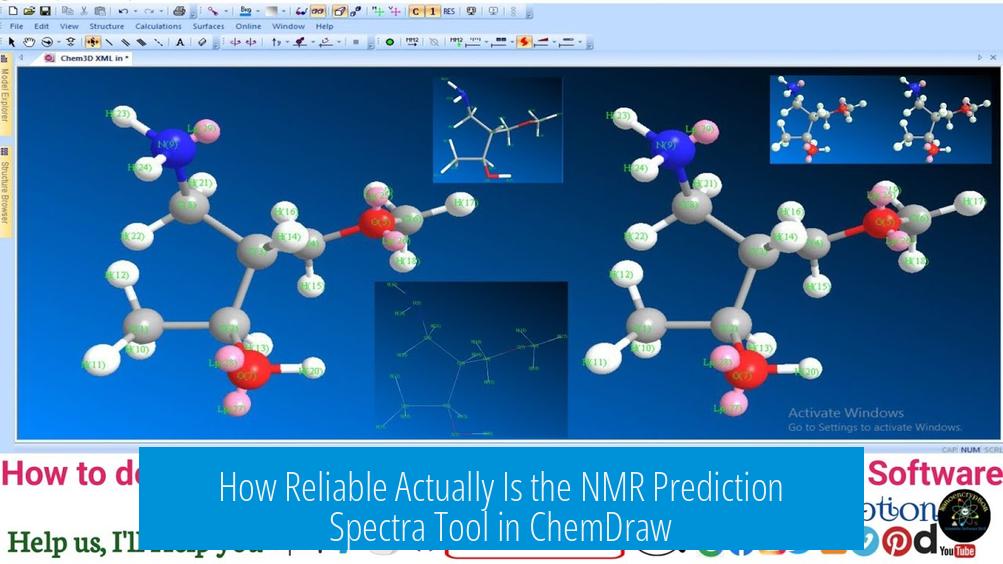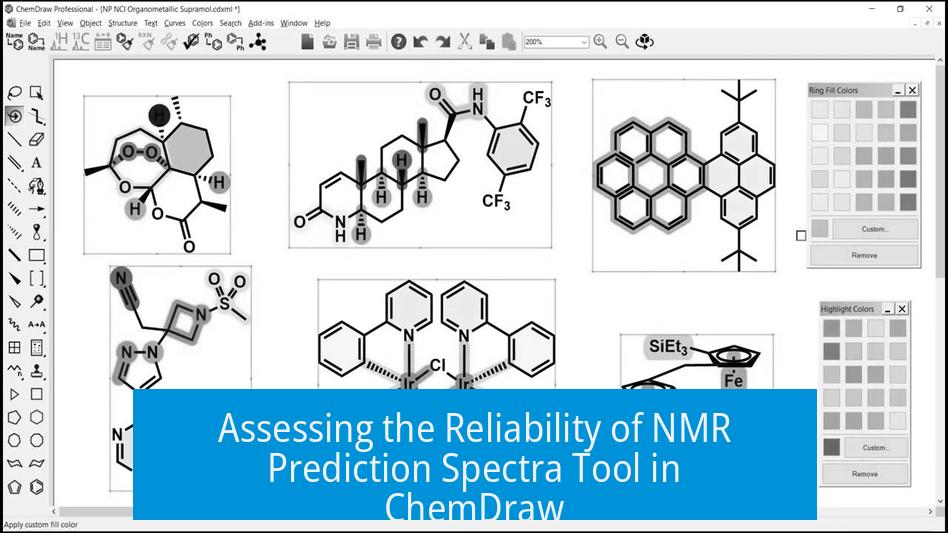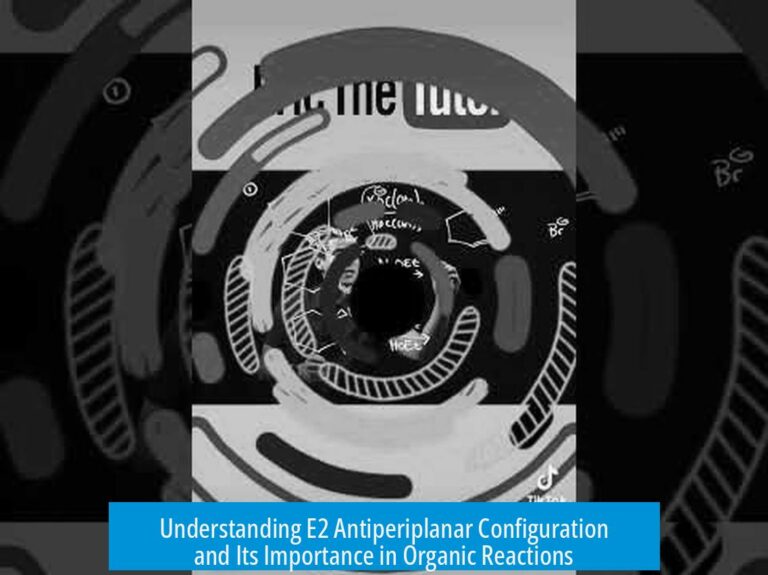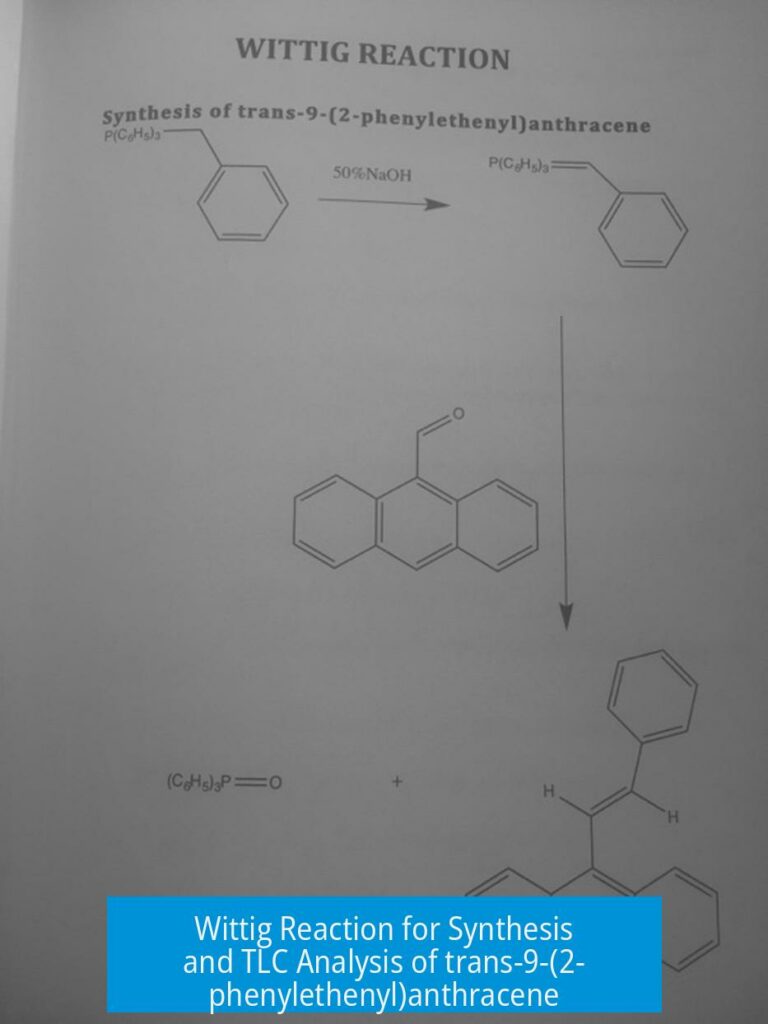How Reliable Actually Is the NMR Prediction Spectra Tool in ChemDraw?

The NMR prediction spectra tool in ChemDraw is generally reliable for providing a rough but useful idea of NMR spectra, especially for common organic compounds. It performs well for predicting the number of peaks, their relative positions, and approximate chemical shifts, but its accuracy decreases with molecular complexity and uncommon elements.
General Reliability and Usefulness
ChemDraw’s NMR prediction tool offers a practical way to estimate 1H and 13C NMR spectra. It is not perfectly accurate but serves well for preliminary analysis. Many users find it helpful for assigning peaks and understanding spectral pattern basics. Colored confidence indicators often highlight uncertain predictions, improving user awareness.
For typical organic molecules involving elements like carbon, hydrogen, nitrogen, oxygen, chlorine, bromine, and iodine, the tool performs admirably. It provides quick spectral insights without the need for extensive computational resources.
Accuracy and Molecular Complexity
As molecular size and complexity grow, predictive accuracy tends to decline. Complex molecules with unusual functional groups or stereochemistry may yield less accurate chemical shifts. Despite this, users still gain valuable guidance about peak locations and multiplicities.
Element-Specific Performance
Reliability varies by element. Predictions involving CHNO and halogens (Cl, Br, I) are usually robust. However, predictions for fluorine, phosphorus, sulfur, and heavier or less common elements become less reliable. The software struggles with parameters like solvent effects, which can cause shifts in experimental spectra that ChemDraw does not account for.
Comparison to Other Tools and Methods
ChemDraw’s empirical prediction compares favorably to other widely used software for standard organic molecules. Some alternative tools such as ACD/Labs or MestReNova may offer slightly better accuracy or more features. Quantum mechanical methods like Density Functional Theory (DFT) can provide superior predictions but require significant computational time and expertise. Empirical predictors remain practical for routine use.
Strengths and Limitations Summary
- Strengths: Fast, easy-to-use, reliable for 13C spectra, useful peak assignment aid.
- Limitations: Lacks solvent effect modeling, less accurate for complex molecules, limited element scope.
Alternative Resources
For enhanced or complementary NMR prediction, tools like Rob’s NMR prediction tool and Nmrdb.org provide spectra predictions with conformer analysis, often improving accuracy for challenging cases.
Key Takeaways
- ChemDraw NMR prediction is reliable for typical organic molecules with common elements.
- It provides a good approximate spectrum but is less accurate for complex structures or unusual elements.
- It excels at estimating 13C chemical shifts; 1H predictions are adequate but less precise.
- Solvent effects and metal-containing compounds usually reduce prediction accuracy.
- Alternative and quantum mechanical tools offer greater precision but require more resources.
How accurate is the NMR prediction tool in ChemDraw for simple molecules?
It works well for typical organic molecules containing C, H, N, O, Cl, Br, and I. The tool gives a good rough estimate of peak numbers and chemical shifts for these elements.
Does molecular complexity affect ChemDraw’s NMR prediction reliability?
Yes, the more complex the molecule, the less accurate the results. It still provides useful insights but may miss some details for complicated structures.
How does ChemDraw perform with predicting ¹H vs ¹³C NMR spectra?
It generally does better for ¹³C spectra, providing higher accuracy. Predictions for ¹H are decent but less precise compared to carbon.
Are there limitations to ChemDraw’s NMR prediction tool?
It does not consider solvent effects and struggles with unusual functional groups, metals, or neat liquids. These factors can reduce prediction reliability.
Are there better alternatives to ChemDraw for NMR predictions?
Other tools like the ACD Labs predictor, MestReNova, Nmrdb.org, and Rob’s tool at Colorado State offer alternative or complementary predictions and may handle some molecules more precisely.





Leave a Comment